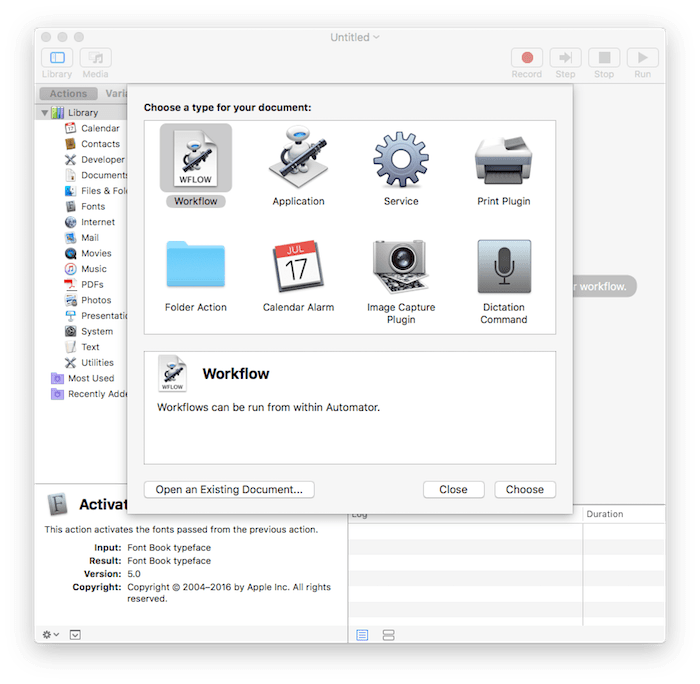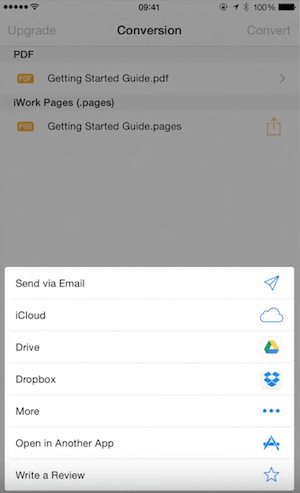

Update Adobe Acrobat to Its Latest Version #Īdobe frequently releases updates that resolve persistent issues in Adobe Acrobat Reader and Pro DC. Note: While restarting a Mac, deselect the Reopen windows when logging back in option to stop macOS from saving and relaunching a malfunctioning Adobe Acrobat application state. Do that if you haven’t already and check if the problem recurs. Restarting your PC or Mac is another solution to persistent cloud storage issues with Adobe Acrobat. That could help the application re-establish a proper connection to Adobe’s cloud storage services. The following fix involves signing out and back into Adobe Acrobat. If Document Cloud or the other server categories appear down, wait until Adobe resolves the issue.

Head to ’s System Status page using Microsoft Edge, Google Chrome, or another web browser on your PC or Mac. If the blank “Save As” screen issue in Adobe Reader DC or Pro DC persists, it’s a good idea to confirm that there’s nothing wrong with the Adobe servers. Windows # Mac #Īfter force-quitting Adobe Acrobat, relaunch the program, open a PDF file, and test if the blank save pop-up issue is gone. You can do that using the Windows Task Manager or the macOS Activity Monitor.

In most cases, force-quitting and relaunching Adobe Acrobat fixes unexpected problems that crop up in the application. Move on with the rest of the fixes if you run into the problem again. However, if you do, try re-enabling the Show online storage when saving files option after a few minutes. If you don’t use Adobe’s cloud storage service, stopping it from loading should not interfere with your workflow.

The easiest way to fix the blank “Save As” screen in Adobe Acrobat involves configuring the application to stop loading Adobe cloud services. Disable Adobe Acrobat’s Online Storage Options # Work through the solutions below, and you should be able to fix the blank “Save As” screen in Adobe Acrobat on your PC or Mac. The same issue can occur in Adobe Acrobat Pro. A blank “Save As” screen in Adobe Acrobat Reader shows up when the application has trouble connecting to Adobe’s cloud storage service-a.k.a.


 0 kommentar(er)
0 kommentar(er)
